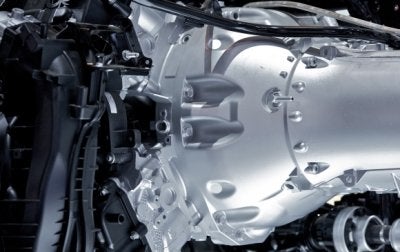Drivers have lots of questions about transmissions, but perhaps the most important one to answer is about how transmissions work. Although you aren’t expected to know the name of every component that makes up the transmission (there are thousands) or the scientific principles that make transmission work, knowing the basics of what your transmission does and how it operates can help you identify when something is wrong and understand the importance of visiting an experienced transmission repair shop in Rockville and Bethesda for all your transmission service needs.

Tra nsmissio n Componen ts
The first step in learning about how transmissions work is to understand the main components inside your transmission. Learning about these components can also help when talking to your transmission repair mechanic about the problems you are experiencing or the services recommended for your transmission. The main components that make up an automatic transmission include:
- Planetary gear sets that provide the various forward and reverse gear ratios
- Hydraulic system which pumps fluid through the valve body to control clutches, bands, and planetary gear sets
- Torque converter which acts like a clutch to allow the vehicle to come to a full stop and stay in gear while the engine is running
- Governors, modulators, or throttle cables that monitor speed and throttle position in order to determine when to shift gears higher or lower
Torque Conversion
Without getting too much into the physics and scientific principles that underlie the workings inside a transmission, the main duty of an automotive transmission is to convert torque created by the engine into forward or reverse acceleration. Transmissions essentially connect the engine to the front or rear wheels so the vehicle will move, and then disconnects when the vehicle is stopped so the engine doesn’t stall. In manual transmissions, this is accomplished by pressing in the clutch.

